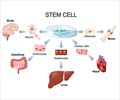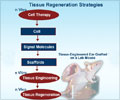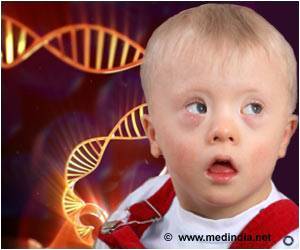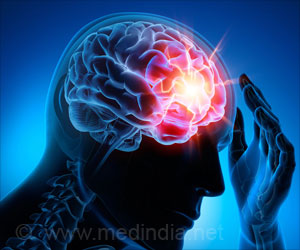Researchers have always hoped that embryonic stem cells (ESCs) could provide insight into numerous diseases and also be used to treat them.
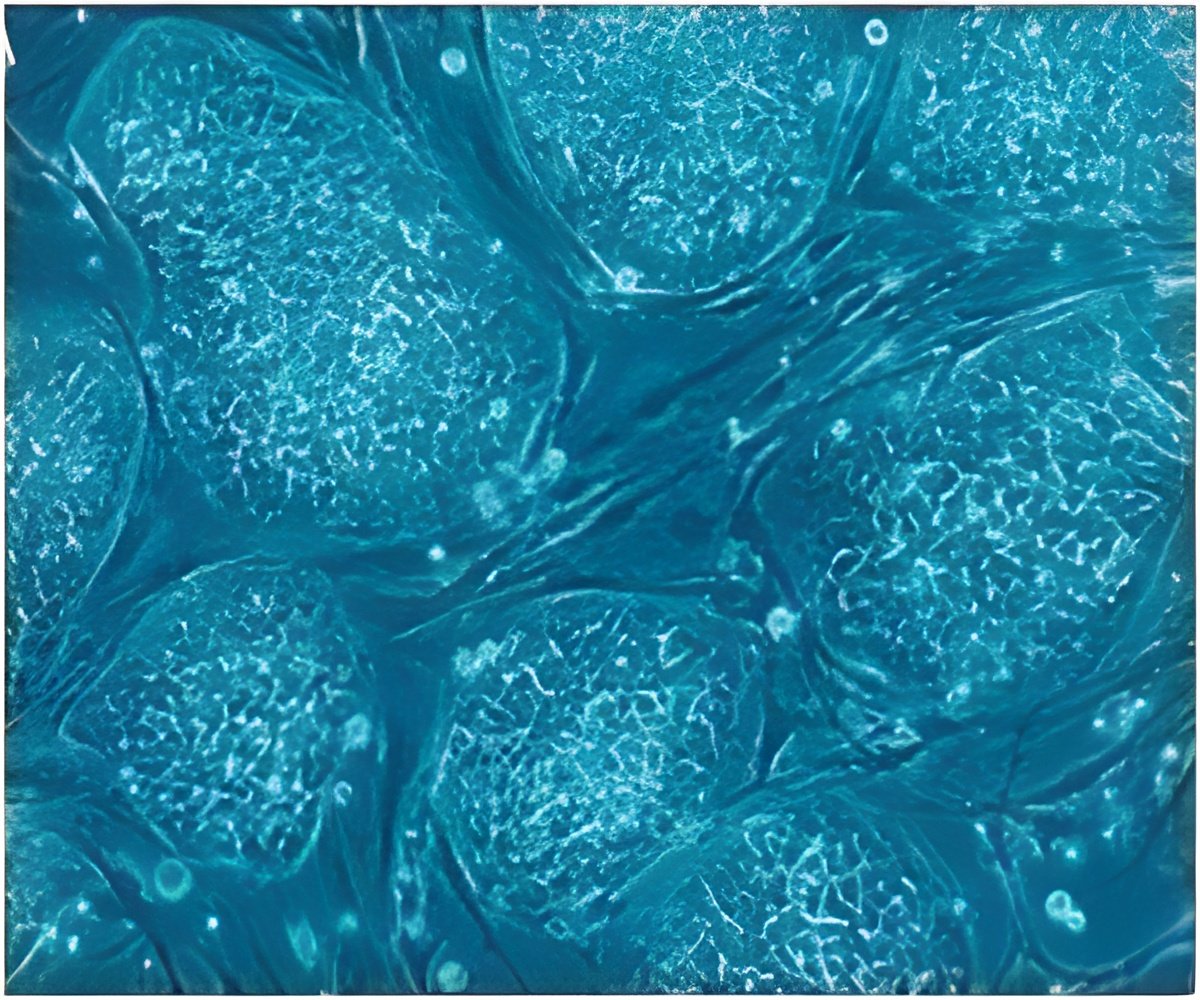
Now Thorold Theunissen, Benjamin Powell, and Haoyi Wang, who are scientists in the lab of Whitehead Institute Founding Member Rudolf Jaenisch, have discovered how to manipulate and maintain human ESCs in a "naïve" or base pluripotent state similar to that of mouse ESCs without the use of any reprogramming factors. Their work is described in this week's issue of the journal Cell Stem Cell.
Naïve mouse ESCs are well-studied, and scientists have a strong understanding of how they function and mature into more specialized cells. But this understanding is of limited use in human ESC research, as the human cells look different, grow differently, and rely on different genes than mouse ESCs. According to Theunissen, the disparities between mouse and human ESCs are attributable not to species-specific differences but rather to differences of cell state.
In naïve mouse ESCs, a particular enhancer of the gene OCT4 is active, prompting the researchers to look for the presence of this marker as a means to identify rare naïve human ESCs. With this unbiased reporter system in hand, the Jaenisch team determined that a cocktail of five small molecules with a few additional growth factors can induce and support the conversion of primed human ESCs to a naïve state with or without using reprogramming factors to jumpstart the process.
By applying this cocktail to human blastocysts, the scientists could also isolate naïve human stem cells.
"This is important because if this cocktail only works in existing lines of human ESCs, you might wonder, does this really capture a distinct state or is this artificial?" says Theunissen. "Since the cocktail works directly on human blastocysts, I think it suggests that we're really capturing a cell state that is already present in the early human embryo."
"We have discovered a new pathway to generate something we believe is a totally different state of pluripotency in human ESCs that is very close to the mouse naïve state," says Jaenisch, who is also a professor of biology at MIT. "These cells may be essential for ESC technology, and that is an area we're looking forward to investigating. Now the big question for us is, does this state exist in vivo in embryos? Right now, we don't know, and that is a very interesting line of research."
Source-Eurekalert
 MEDINDIA
MEDINDIA

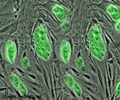
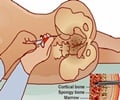
 Email
Email

